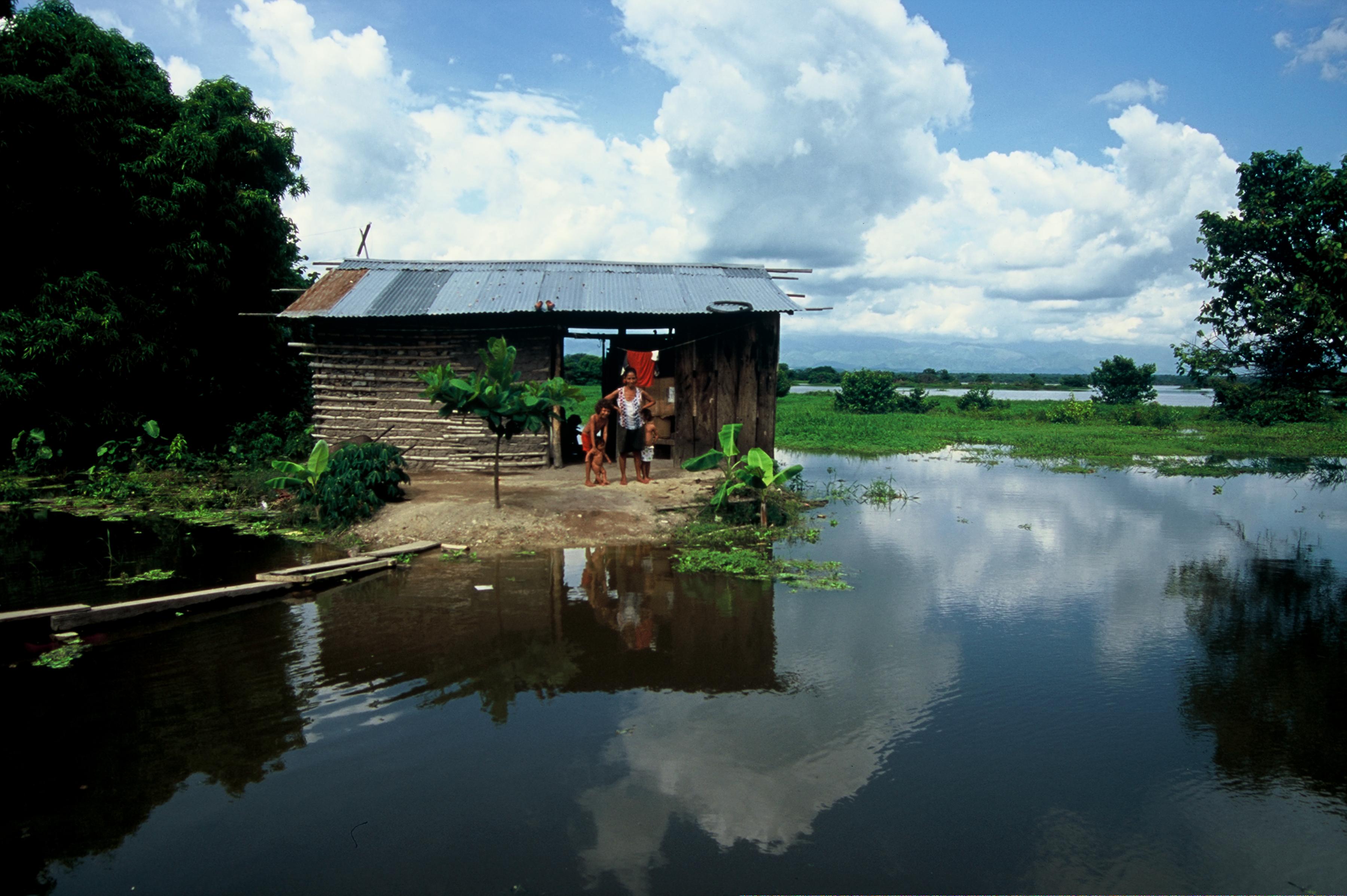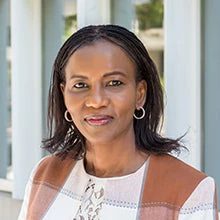 Family whose home floods every year creating hazardous living conditions. Colombia.
Family whose home floods every year creating hazardous living conditions. Colombia.
In Colombia’s Orinoquia region, forest guards patrol areas that are being reforested after being cleared of coca. Just a few years ago, these forest guards were combatants in the Revolutionary Armed Forces of Colombia (FARC), fighting in a deadly war that cost over 200,000 lives and displaced more than 5 million people. This new chance for ex-combatants was possible thanks to the Sustainable Low Carbon Development project launched in 2018, which uses natural resources management to deliver development and peace dividends.
Colombia is not the only country where natural resources underlie conflict and fragility. From 1946 to 2008, at least 40 percent of all local conflicts around the world were triggered or funded by natural resources, while from 2014 to 2018, natural resources were at the core of one in four global crises and conflicts.
Natural resources management can be a driver of fragility and conflict or a powerful tool for peacebuilding. Biodiversity and natural habitat destruction, competition over natural resources and overexploitation, and lost livelihoods that depend on natural resources all spin the vortex of conflict. At the same time, if managed properly, environment and natural resources can restore access to basic services, create jobs and enhance food security, diversify the economy, and mobilize much-needed finance , contributing to ending conflict and reducing fragility.
A recent World Bank report, Defueling Conflict: Environment and Natural Resource Management as a Pathway to Peace, supported by the State and Peacebuilding Fund, focuses on both why it is critical to invest in environment and natural resource management in fragility, conflict, and violence (FCV) situations, and how to maximize the peacebuilding potential of these investments.
The report applies “conflict-sensitive lenses” to development initiatives through an integrated analysis of environment, climate change, gender, and conflict impacts, and proposes practical tools and guidelines to identify risks and seize opportunities in FCV contexts. This approach aligns with The World Bank Group Strategy for Fragility, Conflict and Violence 2020–2025, which aims to strengthen countries’ resilience, especially for their most vulnerable and marginalized populations.
While there are no “one size fits all” solutions as conflict drivers and dynamics vary from country to country and from community to community, the insights highlighted in the report can help stakeholders build a comprehensive vision to address natural resource management as a pathway for sustainable peace. The report finds:
- In FCV contexts, any change in natural resource values matters. Whether it is a decrease in value due to degradation or an increase in value due to global market demand or restoration, there is a risk of conflict in the absence of strong institutions and effective governance. For example, wind and solar energy infrastructure can require more land than fossil fuel projects, and in some countries, the land that is suitable for such expansive projects is predominantly indigenous. Such increased demand for land can cause tensions within communities — like in a windfarm in Oaxaca, Mexico, where land rights issues fomented discontent between community members and resulted in 15 deaths. The World Bank has a role in making sure that communities are not harmed, and that the renewable energy sector does not face reputational risks.
- It is important to recognize heterogeneity of FCV-affected communities, including gender dimensions. Conflict, natural resources, and gender are deeply interconnected. Women and girls are often the primary providers of food, water, and fuel, yet they suffer from unequal access to and control over land, property, and other assets because of existing structural gender inequalities and discriminatory laws. The Northern Mozambique Rural Resilience Project addresses this by building women's capacity in establishing and managing savings and credit schemes, vocational training, job opportunities, and by supporting female-owned businesses.
- Climate, environment, and fragility challenges need to be tackled together, as such approaches make for stronger policy and operational solutions. For example, the Regional Sahel Pastoralism Support Project supported transboundary migration as an adaptation strategy against drought and conflict through migration corridors, shared water points, veterinary services and surveillance for major diseases, and more robust early warning systems and crisis response. In addition to building climate resilience, it supports mechanisms to regulate access to both scarce and abundant natural resources and builds the capacity of local and national institutions so that systems can be inclusive and resilient to shocks.
- Adaptability in the short-term is key for sustainable natural resource management and human development in the long-term. Climate changes and conflict risks can be unpredictable, so funding decisions, policies, and program responses must incorporate a significant amount of flexibility and adaptability.
As violent, civil conflict is on the rise around the world and has tripled in the last decade, the World Bank increasingly works in fragile and conflict-affected situations . The tools and findings shared in this report can help us move toward our common goal of sustainable peace and inclusion.



Join the Conversation